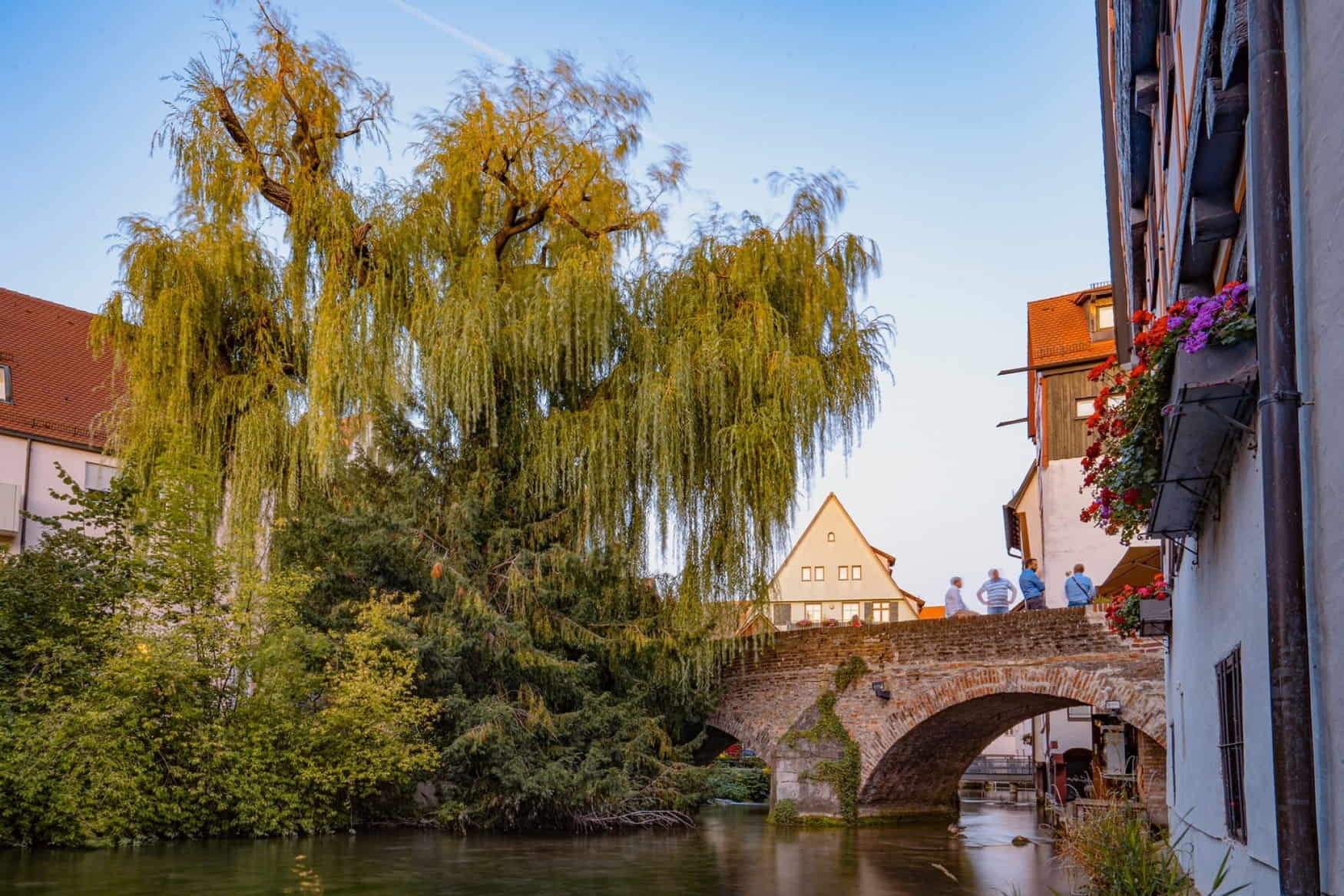Step into the enchanting world of Ulm's Fishermen's Quarter, a captivating district that transports visitors back in time. This historic gem, known locally as "Fischerviertel," is a maze of narrow alleys, crooked half-timbered houses, and picturesque waterways. Situated along the River Blau, this medieval craftsman's quarter offers a unique blend of architectural wonders, rich history, and vibrant modern culture.
From its origins as a bustling hub for fishermen and tanners to its current status as a beloved tourist attraction, the Fishermen's Quarter invites families to explore its charming streets, discover its fascinating past, and create lasting memories.
Highlights
- Crooked House (Schiefes Haus) - A 16th-century building now converted into a quirky hotel
- Picturesque canals and bridges of the River Blau
- Traditional half-timbered houses with their distinctive architecture
Contents
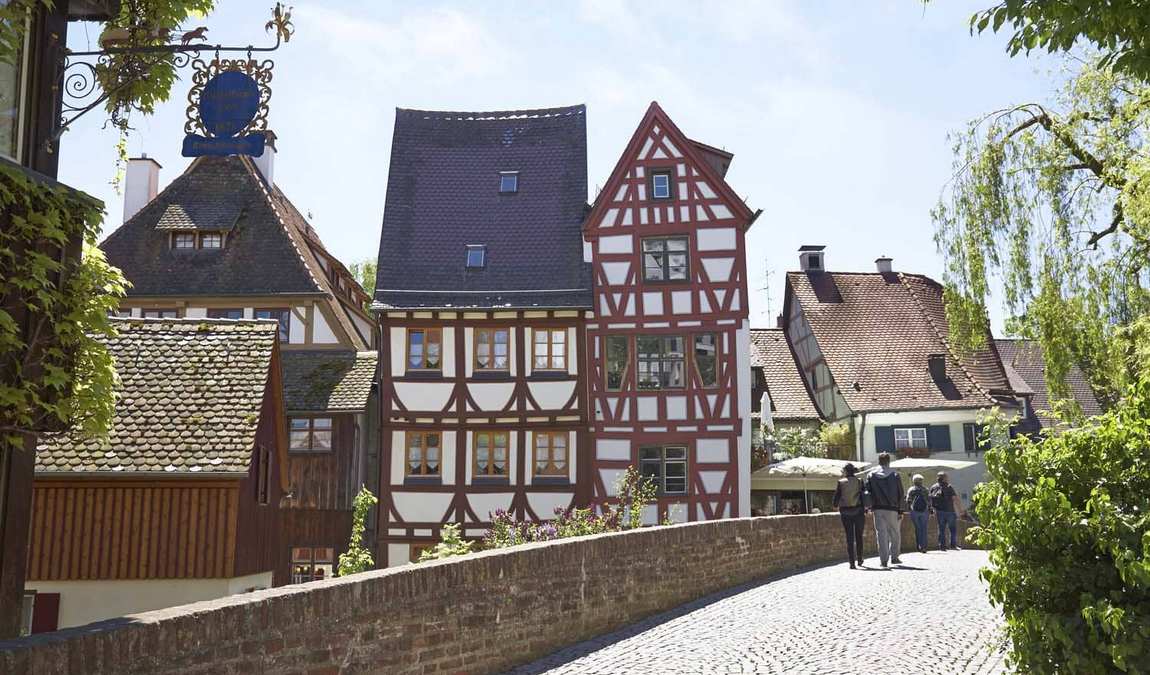 Photo: ulm.de
Photo: ulm.de
Here is Why Your Kids Will Find it Interesting
Fishermen's Quarter is worth visiting with kids because it's like stepping into a fairy tale. Children aged 5-12 will be captivated by the crooked houses that seem to defy gravity, sparking their imagination and sense of wonder. The narrow, winding streets create a natural maze for little explorers, while the River Blau's gentle flow offers impromptu boat-watching opportunities. Young history enthusiasts will enjoy learning about the quarter's past through interactive guided tours, some led by guides dressed as medieval night watchmen.
Family-friendly features
- Interactive guided tours, including night watchmen tours
- Riverside cafés and restaurants are perfect for family meals
- Numerous photo opportunities for family memories
A Brief History of the Fishermen's Quarter
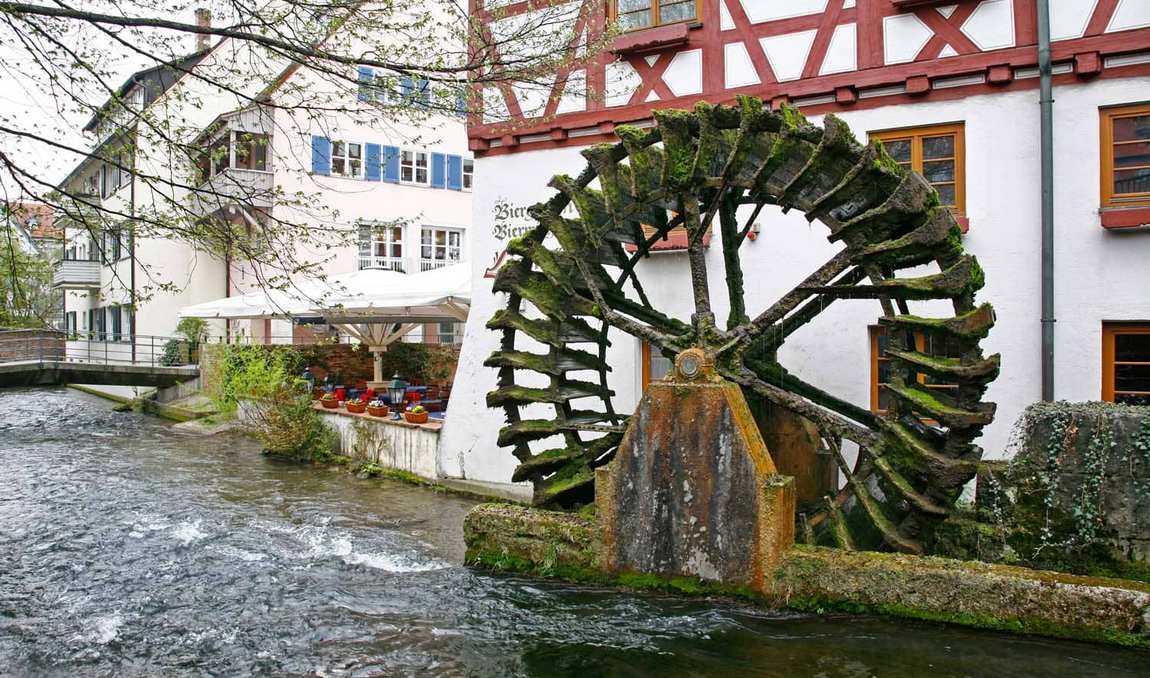 Photo: ulm.de
Photo: ulm.de
The Fishermen's Quarter's roots trace back to the Middle Ages when Ulm was first documented in 854. This district quickly became the heart of medieval Ulm, with its strategic location along the River Blau and proximity to the Danube.
In the 15th century, the area was primarily inhabited by fishermen who ventured onto the Danube in small boats, returning with fresh catches. Tanners also settled here, utilizing the flowing water for their leather production. The quarter's economy thrived on these traditional crafts, with shipbuilding emerging as another significant industry.
As the 16th and 17th centuries unfolded, the Fishermen's Quarter became a crucial transfer site for various products. It became a temporary home for emigrants heading to Hungary, who often stayed for weeks while waiting for ships or working to finance their journey.
Donaubad is 3 km away, where you can spend a wonderful time with the whole family.
Architectural Highlights
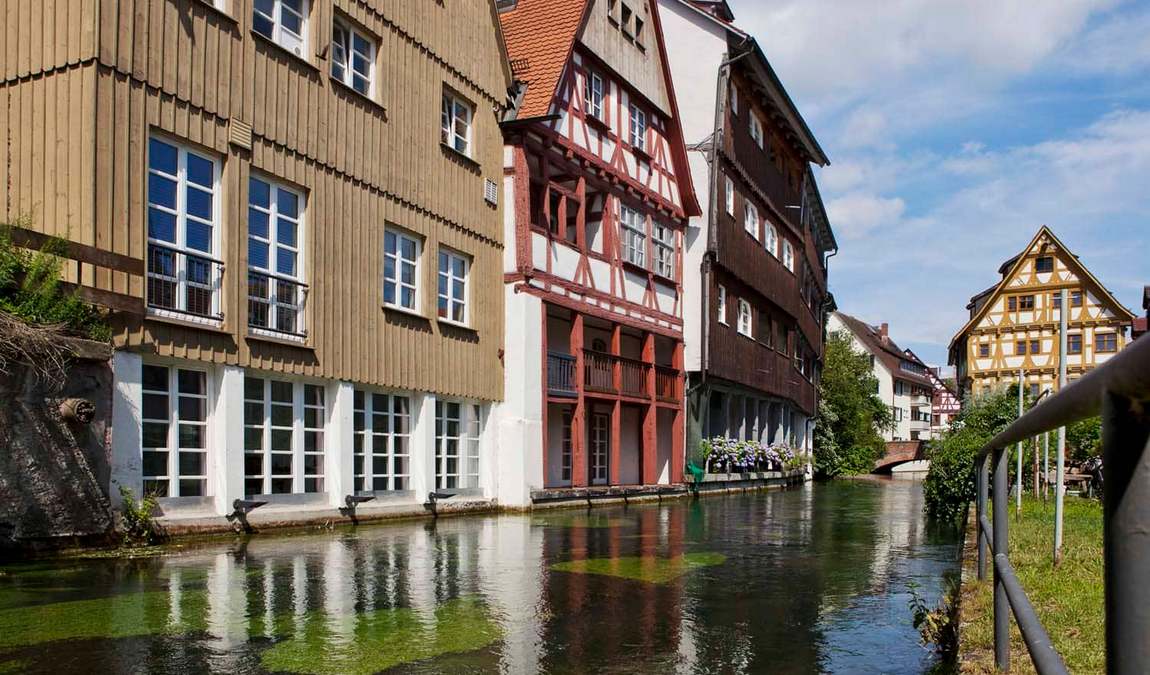 Photo: ulm.de
Photo: ulm.de
The Fishermen's Quarter is renowned for its distinctive architectural style, characterized by:
- Half-timbered houses: These iconic structures, dating back to the 15th and 17th centuries, showcase intricate wooden frameworks filled with brick or plaster.
- Medieval buildings: Many structures retain their original medieval features, offering a glimpse into the past.
- Preservation efforts: In the 1970s, a significant restoration movement began, saving many historic buildings from demolition and preserving the quarter's unique character.
Notable landmarks include:
- The Crooked House (Schiefes Haus): Built in 1443, this famously tilted building now serves as a hotel.
- Metzgerturm (Butcher's Tower): A medieval tower that has been a recognizable feature since the Middle Ages.
Along the Waterfront
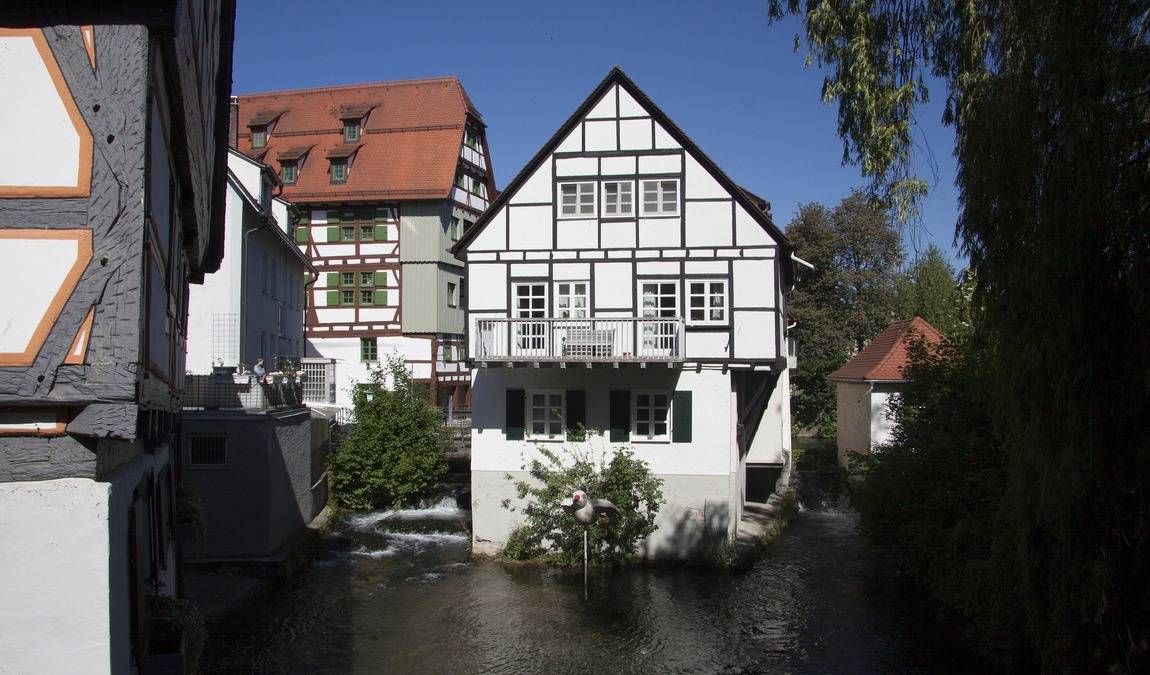 Photo: pixabay.com
Photo: pixabay.com
The River Blau, a tributary of the Danube, is the lifeblood of the Fishermen's Quarter. Its significance extends beyond mere aesthetics:
- Historical importance: The river powered mill wheels and facilitated the tanning process, driving the local economy.
- Scenic beauty: Today, the waterways create a romantic atmosphere, with bridges and walkways offering stunning views.
- Photographic opportunities: The reflection of half-timbered houses in the calm waters provides perfect shots for amateur and professional photographers alike.
Traditional Crafts and Industries
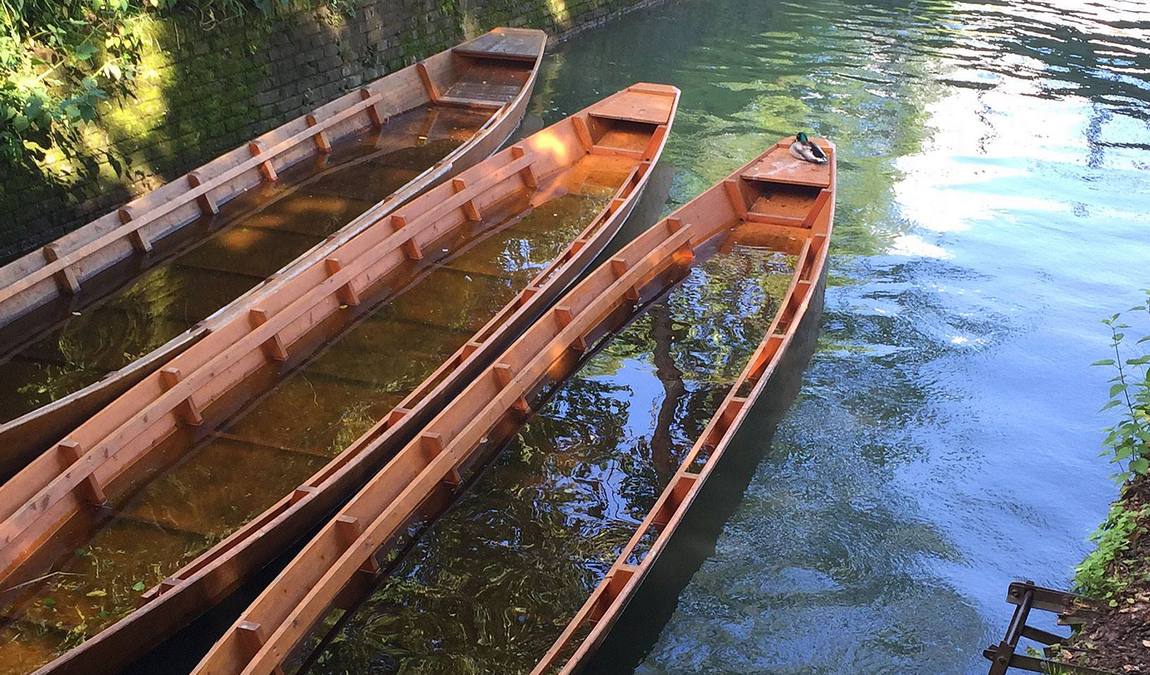 Photo: facebook.com/ulmentdecken
Photo: facebook.com/ulmentdecken
The Fishermen's Quarter was once a hub of traditional craftsmanship:
- Fishing heritage: Fishermen formed the backbone of the community, venturing out onto the Danube daily.
- Shipbuilding and the Ulmer Schachtel: The quarter became famous for producing shallow wooden boats known as "Ulmer Schachtel" (Ulm Boxes), used for transporting goods and people along the Danube.
- Leather production and tanneries: Tanner's houses, recognizable by their distinctive balcony loggias used for drying hides, still stand as a testament to this once-thriving industry.
Other crafts that flourished in the quarter included milling, soap making, and butchery, all of which benefitted from the proximity to water.
Best Time to Visit
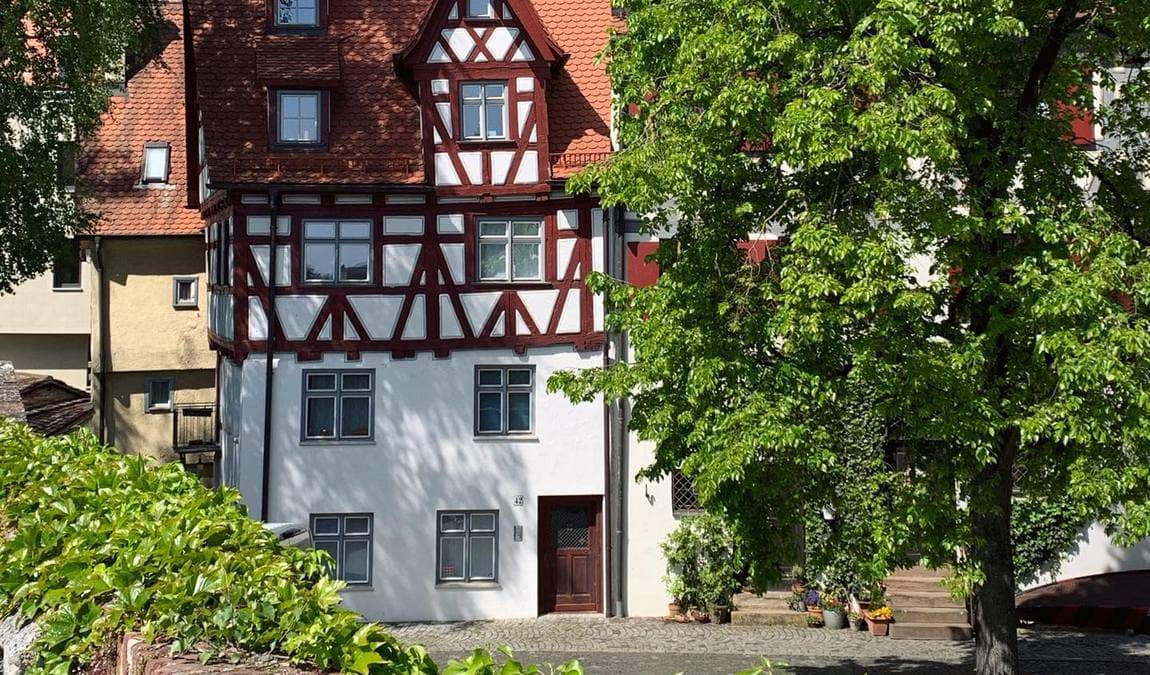 Photo: facebook.com/ulmentdecken
Photo: facebook.com/ulmentdecken
The Fishermen's Quarter is charming year-round, but summer (June to August) offers the most pleasant weather for exploring the outdoor attractions. Weekday mornings are ideal for avoiding crowds, especially with children. Various festivals throughout the summer add extra excitement to your visit.
Recommended Duration: A leisurely 2-3 hour stroll allows families to soak in the atmosphere and explore the main sights.
Our Recap
Ulm's Fishermen's Quarter offers a unique blend of history, architecture, and culture that appeals to visitors of all ages. Its well-preserved medieval charm and modern amenities create an ideal setting for family exploration. Whether you're interested in history, photography, or simply enjoying a scenic stroll, this enchanting district promises a memorable experience for everyone.




